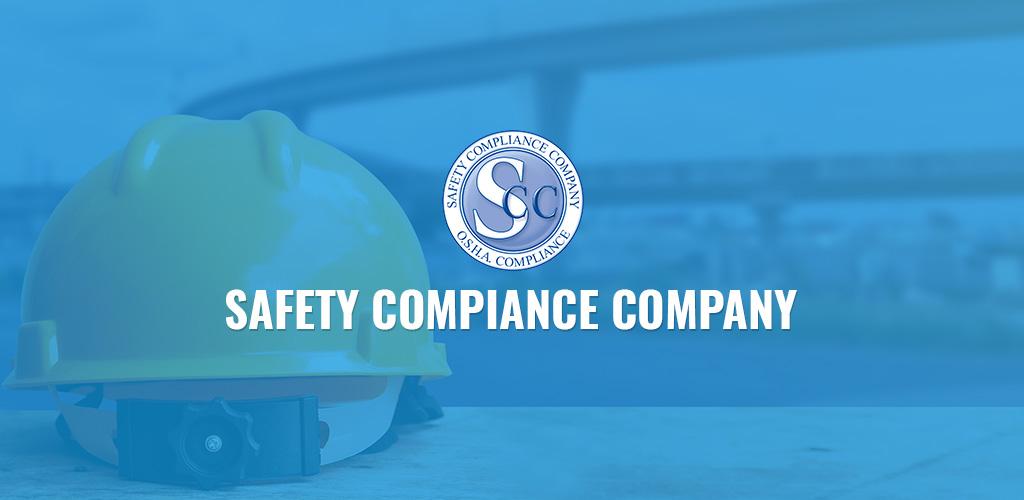In an era where businesses are increasingly operating in complex and highly regulated environments, ensuring safety and compliance is essential for protecting both the organization and its stakeholders. From managing the health and safety of employees to adhering to industry standards and government regulations, safety and compliance have become cornerstones of responsible business management. Whether in the manufacturing sector, healthcare, finance, or any other industry, businesses must be proactive in meeting safety standards and regulatory requirements to mitigate risks, avoid penalties, and maintain operational efficiency.
This article delves into the importance of safety and compliance, their relationship with risk management, the legal and ethical obligations companies face, and how organizations can implement effective safety and compliance programs to safeguard their operations and reputation.
1. What is Safety & Compliance?
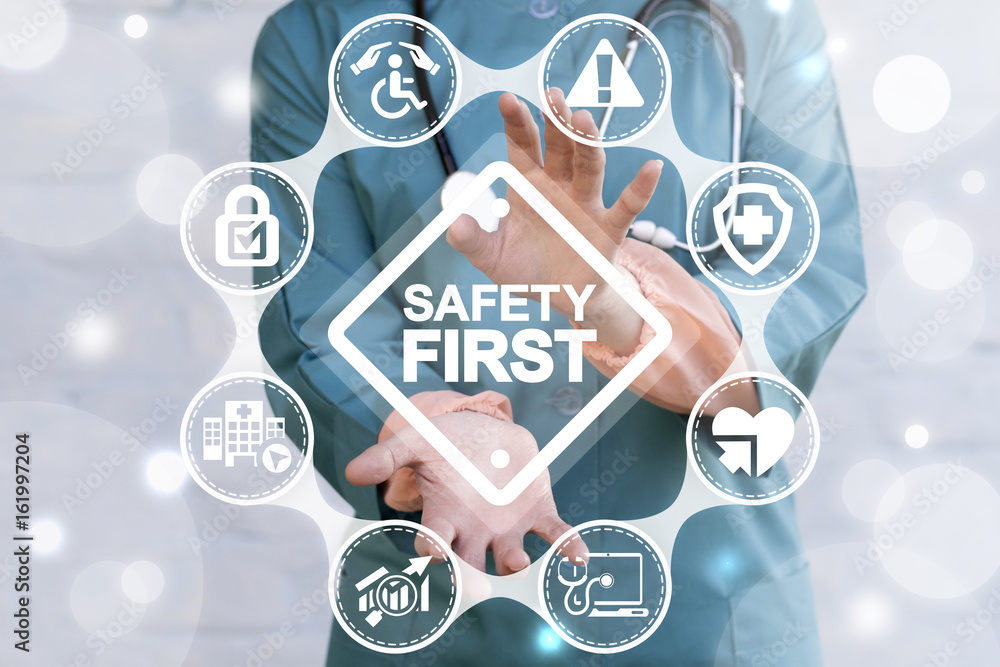
Safety refers to the measures taken to protect employees, customers, and the public from potential harm, accidents, or injuries that could occur during business operations. Safety protocols encompass everything from workplace safety training to ensuring that employees have access to personal protective equipment (PPE) or safety features in hazardous work environments. Safety is often a preventive measure that aims to eliminate or minimize the risk of accidents.
Compliance, on the other hand, is the process of ensuring that an organization adheres to the legal and regulatory requirements that govern its operations. This includes compliance with labor laws, environmental regulations, health and safety standards, financial reporting rules, data protection laws, and industry-specific regulations. Compliance is about meeting external requirements imposed by regulatory bodies or industry standards, while safety focuses on internal practices to protect people and assets.
Together, safety and compliance form a cohesive approach to risk management, ensuring that an organization not only meets legal obligations but also creates a safe and secure environment for its workforce and stakeholders.
2. The Importance of Safety & Compliance
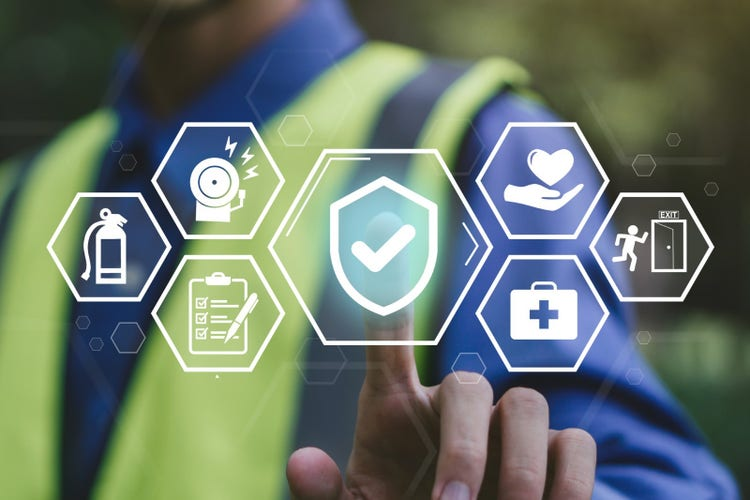
a. Protecting Employee Health and Well-being
The well-being of employees is a primary concern for any responsible organization. Implementing robust safety protocols and compliance measures helps ensure that workers are protected from accidents and hazardous conditions. By adhering to Occupational Safety and Health Administration (OSHA) standards in the U.S. or equivalent bodies worldwide, businesses can minimize workplace injuries and illnesses, leading to a healthier, more productive workforce.
Additionally, maintaining a safe workplace boosts employee morale and satisfaction. Employees who feel safe are more likely to be engaged, motivated, and loyal to their employers. A commitment to safety demonstrates that the organization values its workforce, which can contribute to lower turnover rates and improved retention.
b. Mitigating Legal and Financial Risks
Non-compliance with regulations or failure to uphold safety standards can result in significant legal and financial consequences. Regulatory bodies can impose fines, penalties, and even shutdowns for companies that fail to comply with industry-specific standards. For instance, financial institutions that fail to comply with data protection regulations like the General Data Protection Regulation (GDPR) in the European Union or the Health Insurance Portability and Accountability Act (HIPAA) in the U.S. can face substantial fines and reputational damage.
In addition to financial penalties, organizations may face lawsuits from employees, customers, or other stakeholders if safety practices are not followed. For example, a workplace accident or safety violation could lead to costly legal battles, insurance claims, and compensation payouts. These legal risks can be minimized through proactive safety and compliance efforts that ensure businesses are always in line with legal requirements.
c. Enhancing Reputation and Trust
An organization’s reputation is one of its most valuable assets. Maintaining safety standards and complying with regulations not only protects the organization but also builds trust with customers, investors, and the public. Businesses that are seen as committed to ethical practices and safety gain a competitive edge in the market. For example, customers are more likely to trust a company with a strong safety record, while investors prefer businesses with a track record of regulatory compliance and good governance.
On the other hand, businesses that fail to prioritize safety and compliance risk damaging their reputation and losing customer loyalty. Negative publicity surrounding safety violations, accidents, or regulatory breaches can have a lasting impact on a company’s image and customer perception.
d. Improving Operational Efficiency
Safety and compliance programs can lead to improved operational efficiency by reducing disruptions and downtime. When safety procedures are in place, the likelihood of accidents or incidents that halt operations is reduced, leading to smoother business processes. Additionally, compliance with environmental regulations and industry standards can streamline operations and improve the quality of products or services.
For example, in manufacturing, compliance with safety regulations ensures that machines and equipment are regularly maintained, reducing the risk of breakdowns. In the healthcare industry, adhering to safety and compliance regulations ensures that medical procedures are conducted in a safe and standardized manner, resulting in better patient outcomes and fewer errors.
3. Legal and Ethical Obligations in Safety & Compliance
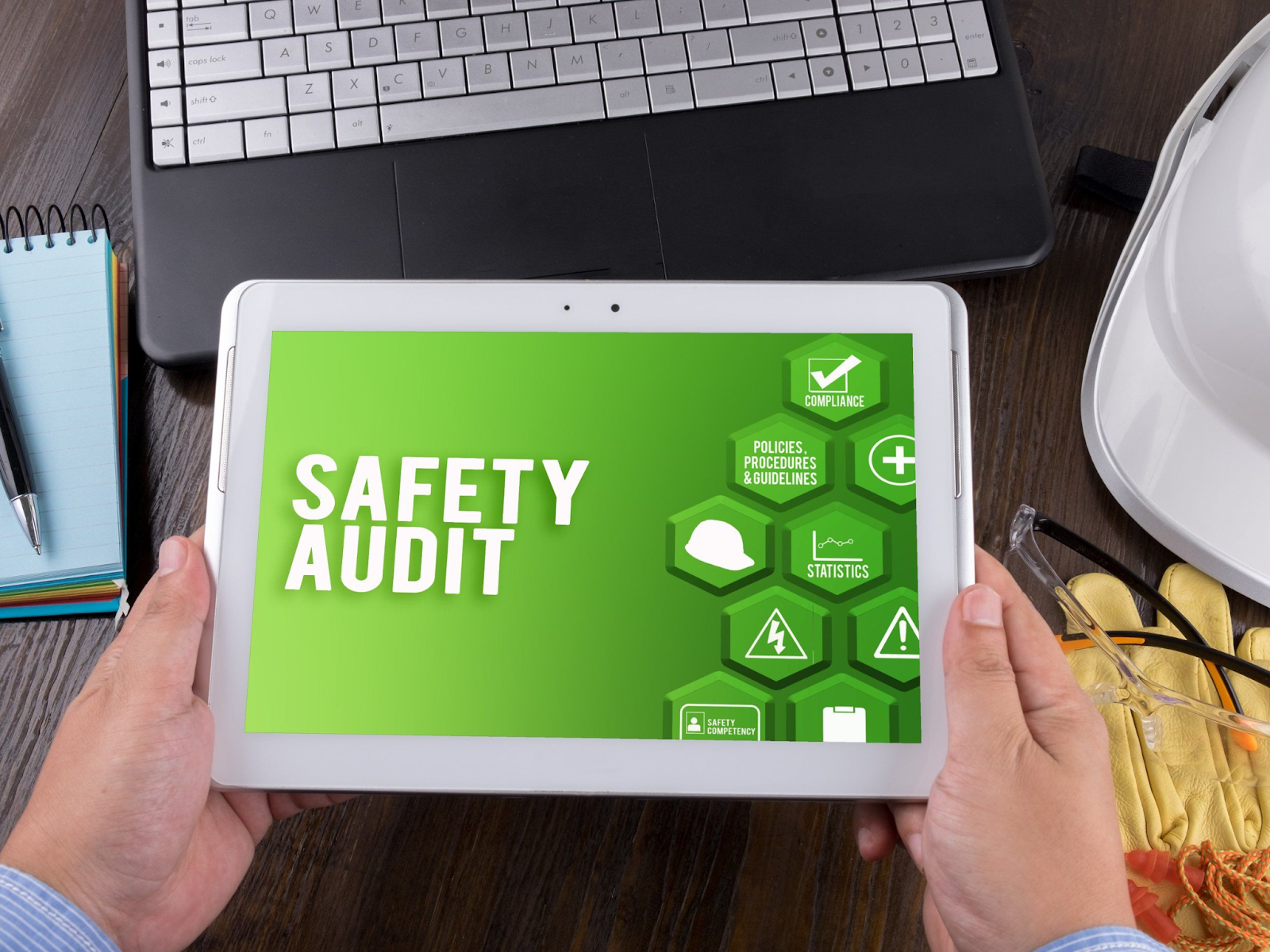
Safety and compliance are not just good business practices; they are often legally mandated. Many industries are subject to rigorous regulations that dictate specific safety measures, reporting requirements, and operational standards. Some of the key legal and ethical obligations businesses must adhere to include:
a. Health and Safety Regulations
Health and safety regulations are designed to protect employees from accidents, injuries, and health risks. These regulations, such as OSHA standards in the U.S., provide clear guidelines on workplace safety, including proper training, equipment, hazard identification, and emergency response. Violating these regulations can result in fines, legal action, and even criminal charges in severe cases.
b. Environmental Compliance
Companies in industries such as manufacturing, construction, and energy must comply with environmental regulations aimed at reducing their environmental impact. These regulations cover areas like waste management, pollution control, water usage, and emissions. Non-compliance can result in fines, environmental cleanup costs, and long-term reputational damage.
c. Data Privacy Laws
In the digital age, compliance with data privacy laws has become increasingly important. Regulations such as the GDPR in the European Union and the California Consumer Privacy Act (CCPA) in the U.S. set strict guidelines for how organizations collect, store, and use personal data. Failing to comply with these laws can lead to significant fines and legal action.
d. Industry-Specific Regulations
Beyond general safety and compliance regulations, many industries have their own specific regulatory frameworks. For example, the healthcare industry must comply with HIPAA in the U.S., which governs the privacy and security of health data. The financial industry is subject to a range of regulations, including the Sarbanes-Oxley Act, which mandates corporate governance and financial reporting standards.
4. Implementing Effective Safety & Compliance Programs
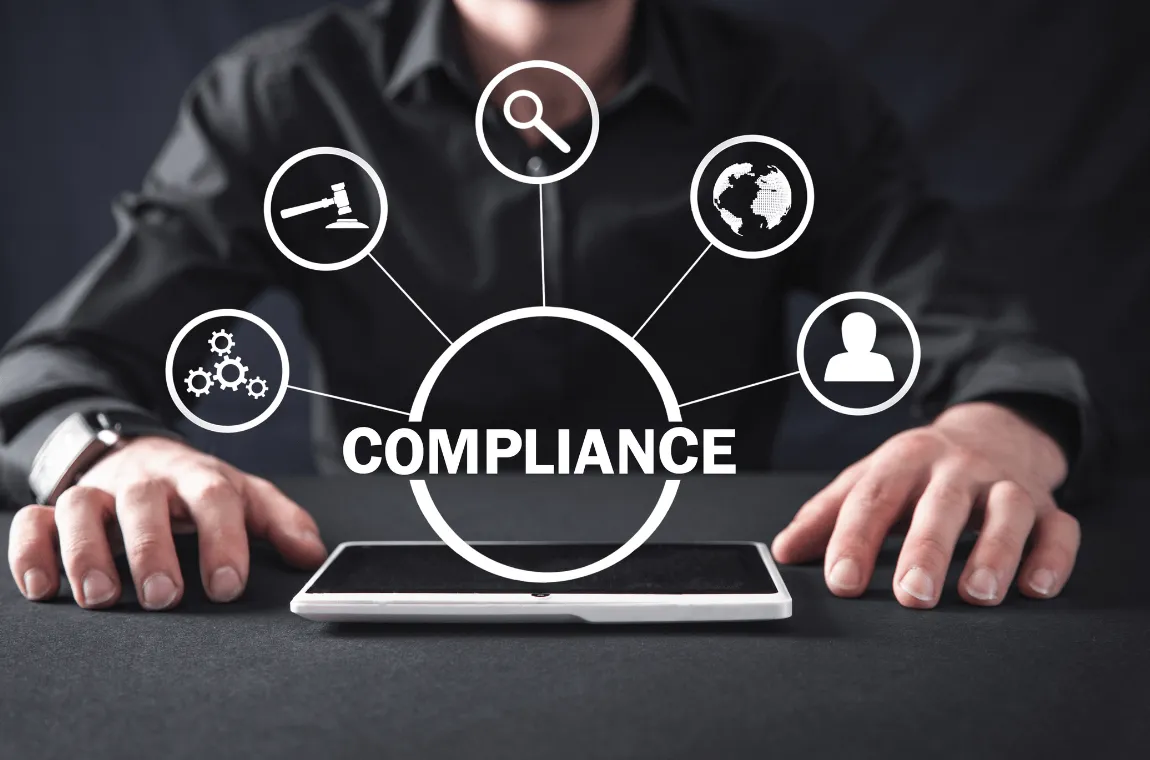
To meet legal obligations and protect employees and the organization, businesses must develop and implement comprehensive safety and compliance programs. The following are key components of an effective safety and compliance strategy:
a. Risk Assessment and Safety Audits
A critical first step in ensuring safety and compliance is conducting thorough risk assessments and safety audits. These assessments help identify potential hazards and areas where the company may be at risk of non-compliance. Regular audits allow businesses to identify weaknesses in their safety protocols and compliance practices and make necessary improvements.
b. Employee Training and Education
Regular training is essential for ensuring that employees understand safety procedures and compliance requirements. Training programs should cover topics such as emergency procedures, safe work practices, regulatory updates, and ethics. Ensuring that employees are well-informed helps reduce the likelihood of accidents and violations.
c. Clear Policies and Procedures
Developing clear and comprehensive safety and compliance policies is essential for guiding organizational behavior. These policies should outline expectations, processes for reporting safety incidents, and procedures for ensuring compliance with relevant regulations. Policies should be regularly updated to reflect changes in laws and industry standards.
d. Technology and Automation
Incorporating technology into safety and compliance efforts can enhance efficiency and accuracy. Automated systems can help with compliance tracking, risk monitoring, and reporting. For example, companies can use software solutions to monitor safety protocols, track employee certifications, and generate compliance reports.
e. Continuous Improvement
Safety and compliance are ongoing processes. Businesses must regularly review and update their safety programs and compliance efforts to ensure they remain effective. Continuous improvement efforts may include revising policies, introducing new safety measures, or adopting better technologies to streamline compliance.
5. Conclusion
Safety and compliance are critical to the long-term success and integrity of any organization. They not only protect employees, customers, and stakeholders but also mitigate legal, financial, and reputational risks. By adopting a proactive approach to safety and compliance, businesses can foster a culture of responsibility, increase operational efficiency, and ensure they meet their legal and ethical obligations.
Through effective risk management, comprehensive training, and the use of technology, businesses can create a safe and compliant environment that enhances productivity, minimizes risks, and strengthens their reputation. Ultimately, safety and compliance are not just about avoiding penalties—they are about creating a sustainable, trustworthy, and ethical business model that drives growth and success in the modern world.

